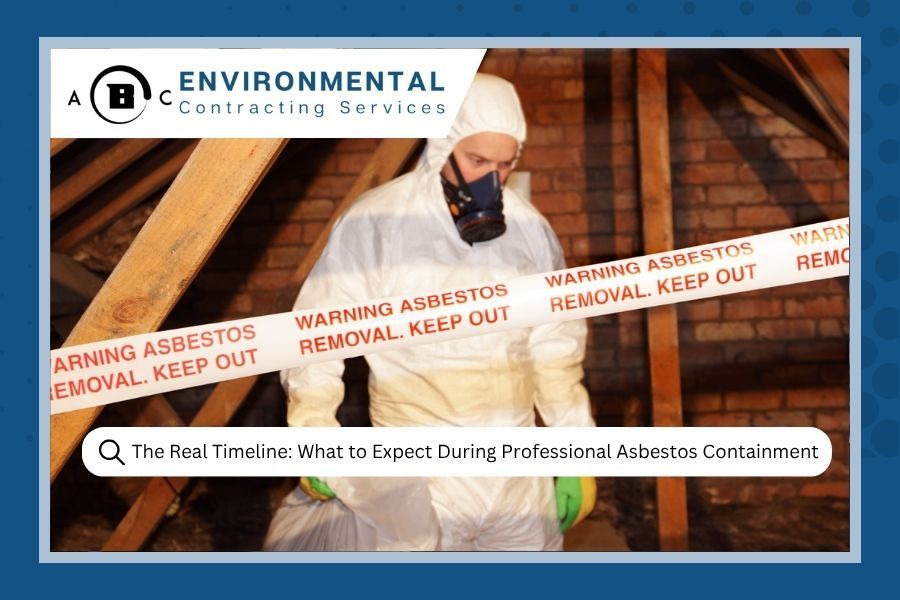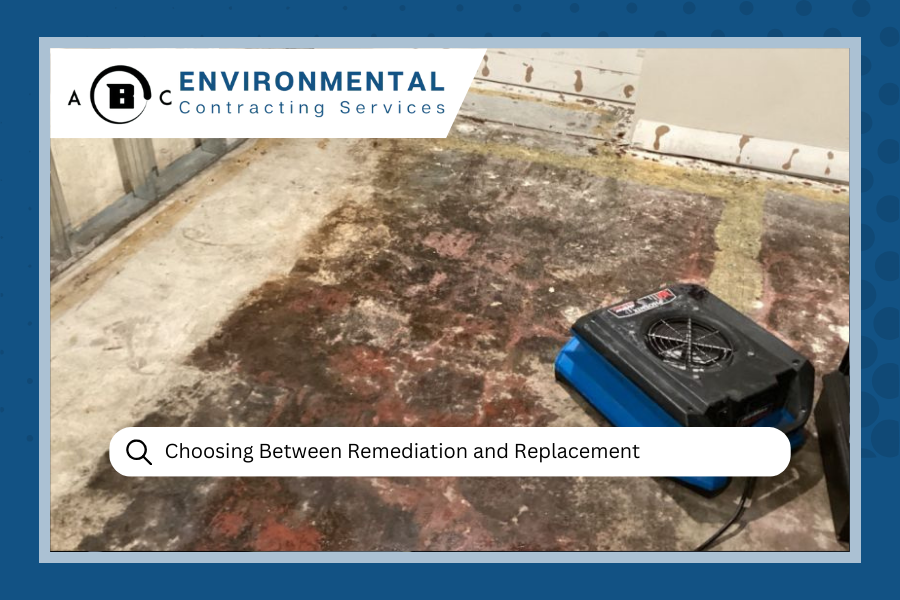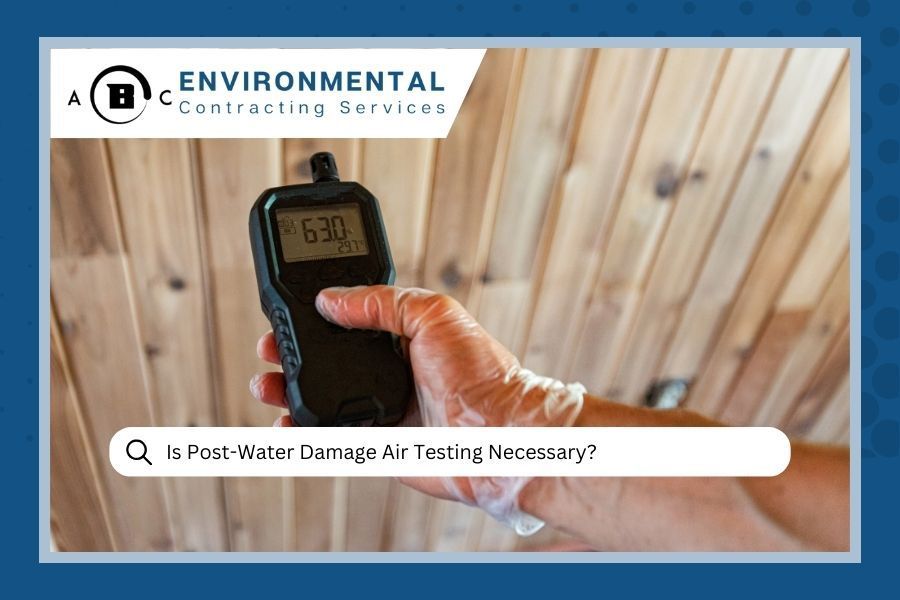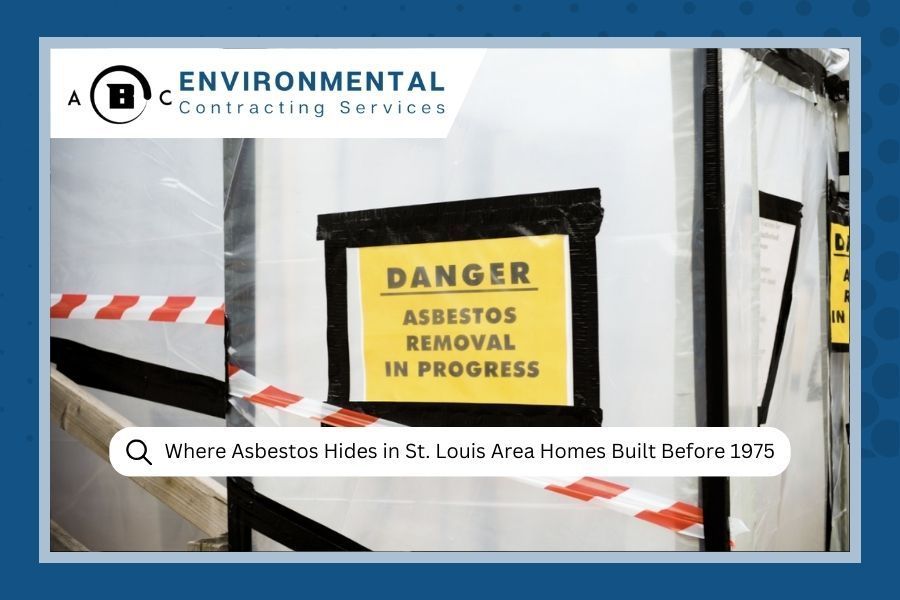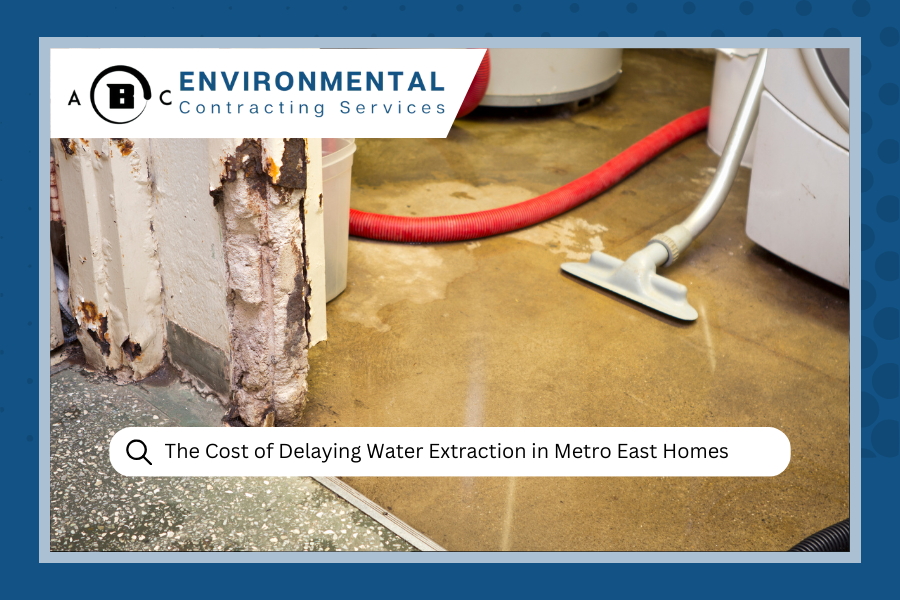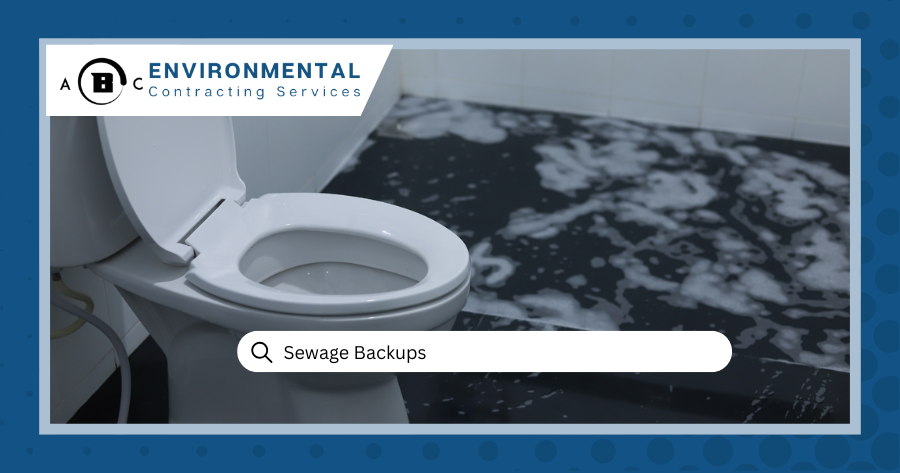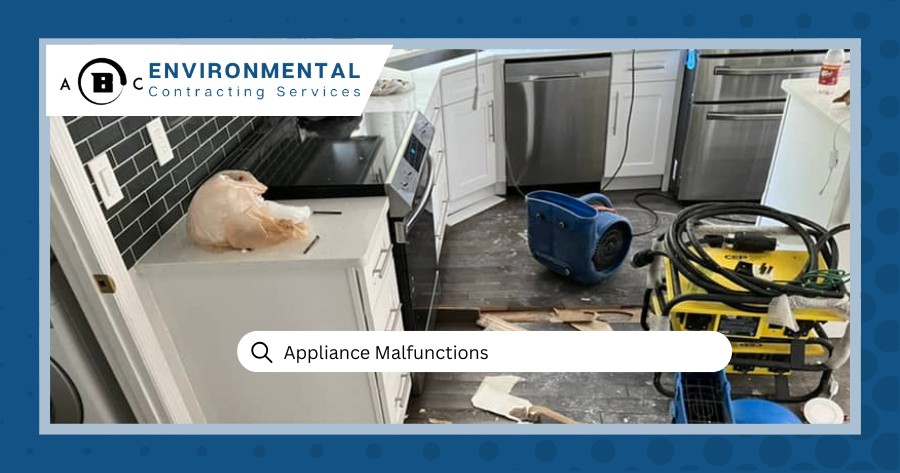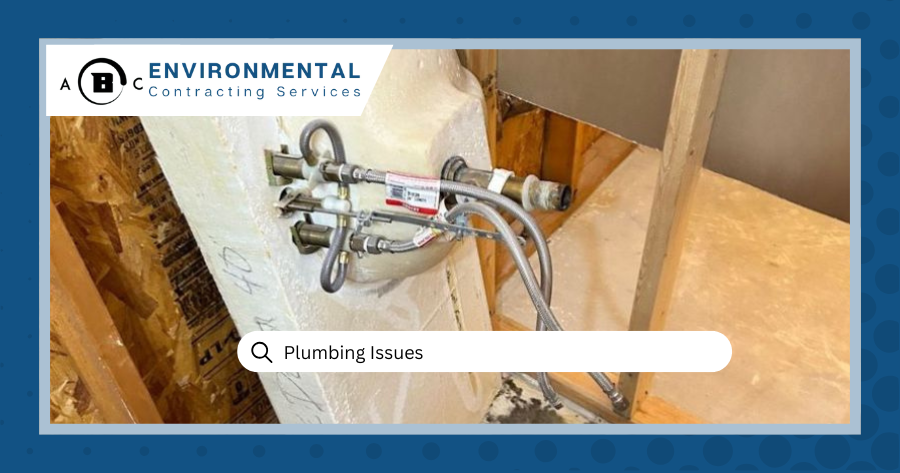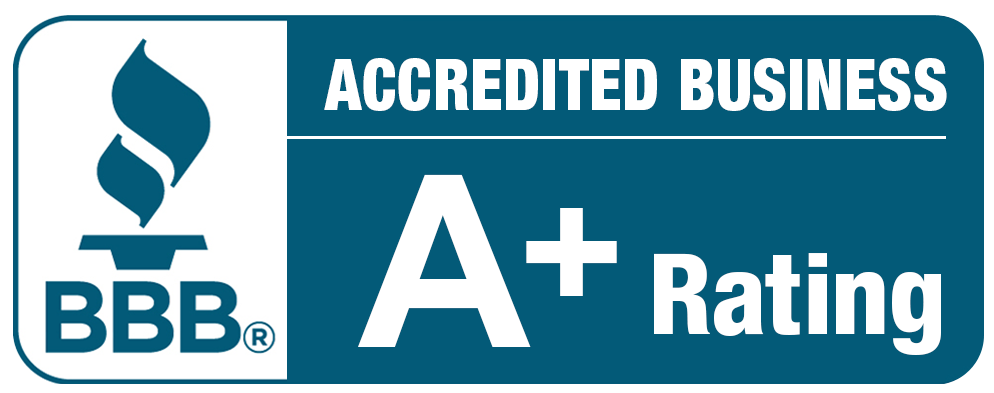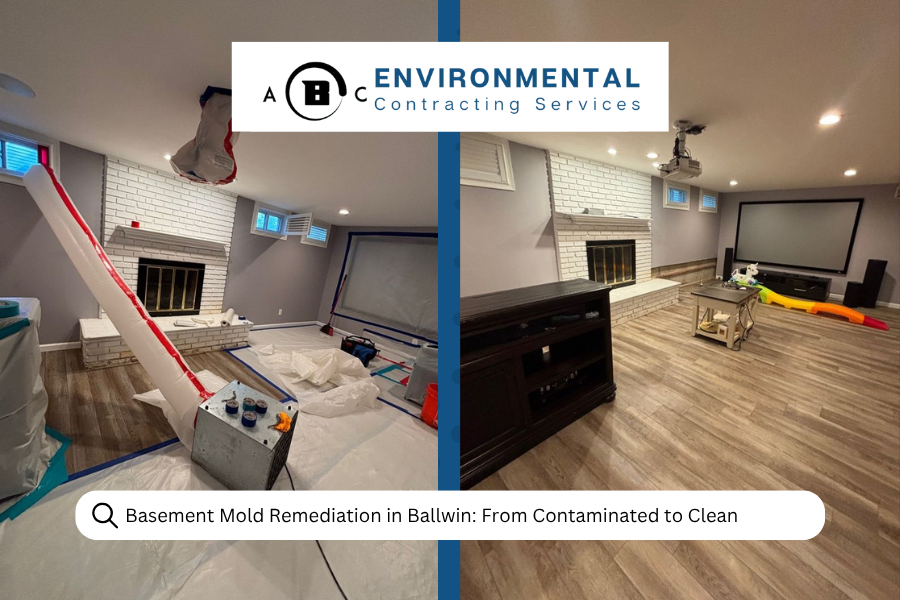
Basement Mold Remediation in Ballwin: From Contaminated to Clean
The call came on a Tuesday afternoon. A homeowner in Ballwin had just discovered something no one wants to find: black mold creeping along the baseboards of their finished basement. What started as a subtle musty smell had turned into visible growth, and they knew they needed help fast. That's when our team at ABC Environmental Contracting Services stepped in.
This wasn't just any basement. It was a fully finished space with a home theater setup, comfortable seating, and memories of family movie nights. Now it was contaminated with mold, and the family couldn't use it until we made it safe again.
How the Mold Got Started
Here's the thing about basements: they're naturally prone to moisture issues. In this case, the homeowner had experienced some water intrusion a few weeks earlier. Maybe it was a heavy rainstorm, maybe a plumbing issue, maybe both. Whatever the source, moisture had gotten into the drywall and stayed there. And where there's hidden moisture, mold follows.
By the time they called us, the damage had spread. The drywall behind the home theater was compromised, baseboards were showing signs of rot, and mold had even made its way up toward the HVAC system in the ceiling. This wasn't a simple surface cleaning job. This was a full remediation.
Our Step-by-Step Process for Basement Mold Removal
When we arrived, we knew we had to work methodically. Mold remediation isn't just about scrubbing away what you can see, it's about eliminating the source, removing contaminated materials, and making sure it doesn't come back. Here's how we tackled this project:
Setting Up Containment
Before we touched anything, we sealed off the affected areas using heavy plastic sheeting. Mold spores can travel through the air, and the last thing anyone wants is contamination spreading to other parts of the house. We set up negative air pressure with HEPA-filtered air scrubbers to keep everything contained to the work zone.
The homeowner was relieved to know their upstairs living space would stay safe while we worked below.
Initial Assessment and Containment Setup

Inspecting HVAC and ceiling areas for mold spread

Accessing HVAC system in affected space

Negative air system preventing spore spread

Protecting furniture and belongings with containment
Removing the Damaged Materials
Once containment was in place, our crew suited up in full protective gear and got to work. We carefully removed all the wet and mold-contaminated drywall from the basement walls. Some of it came down in large sections, while other areas required more precision, especially around the HVAC openings and electrical boxes.
The baseboards had to go too. Mold had penetrated deep into the wood, and leaving it would have been a recipe for regrowth. We also removed portions of insulation that had been affected by moisture.
Every piece of contaminated material was double-bagged and disposed of according to safety regulations. We don't cut corners when it comes to mold, because even a small amount left behind can become a big problem later.
Mold Damage and Removal in Progress

Extensive mold growth on framing and drywall

Baseboard contamination before removal

Industrial air scrubbers filtering the space

Removing contaminated drywall safely
HEPA Vacuuming and Cleaning
After the demolition phase, we HEPA vacuumed every exposed surface. This step is critical because it captures the microscopic mold spores that are invisible to the naked eye. We went over studs, floor joists, and even the concrete floor multiple times to make sure nothing was left behind.
Then came the treatment. We applied a plant-based antimicrobial solution to all affected areas. This wasn't just a spray and pray approach, we made sure the solution reached every corner, crack, and surface where mold could try to make a comeback.
Drying Everything Out
Here's where a lot of DIY efforts fall short: proper drying. You can remove all the visible mold in the world, but if moisture is still present, it will just grow back.
We brought in industrial-grade dehumidifiers and air movers to thoroughly dry the space. These machines ran for days, pulling moisture out of the air, the walls, and even the concrete slab. We monitored humidity levels constantly, making sure everything reached the safe zone before we cleared the space.
Final Inspection and Clearance
Before we packed up our equipment, we did a final walkthrough with moisture meters and visual inspections. Everything checked out. The basement was dry, clean, and ready for rebuilding.
Remediation Complete: Ready for Rebuild

Fully remediated basement ready for reconstruction

Clean, dry framing free of contamination
What This Family Learned About Basement Moisture
One of the conversations we had with the homeowner was about prevention. Basements in this area are vulnerable, especially during wet seasons or if there's poor drainage around the foundation. We talked through some practical steps they could take moving forward, like:
- Installing a dehumidifier to keep humidity levels below 50%
- Checking gutters and downspouts to make sure water flows away from the house
- Watching for early warning signs like musty odors or condensation on walls
They also learned that if they ever spot water in the basement again, the key is to act fast. The longer moisture sits, the higher the chance mold will take hold.
Why Professional Mold Remediation Matters
Some people think they can handle mold on their own with bleach and a scrub brush. But here's the reality: surface cleaning doesn't kill mold that's embedded in porous materials like drywall, wood, or insulation. It also doesn't address the root cause, which is moisture. According to the EPA's guidelines on mold cleanup , any mold growth larger than 10 square feet should be handled by professionals.
Professional remediation ensures that:
- Contaminated materials are safely removed
- The source of moisture is addressed
- Spores are contained and don't spread to other areas
- The space is properly dried to prevent regrowth
- You and your family aren't exposed to harmful mold during the process
At ABC Environmental Contracting Services, we're IICRC certified and trained in the latest mold remediation techniques. We've handled everything from small bathroom mold issues to large-scale basement contamination like this one.
The Outcome: A Clean, Safe Space Ready for Rebuilding
By the end of the project, the basement was transformed. Where there had been mold-covered walls and a damp, musty smell, there was now a clean, dry shell ready for reconstruction. The homeowner could finally move forward with repairs, knowing that the mold problem was truly behind them.
They were grateful, not just for the work we did, but for the peace of mind that came with it. No more worrying about their kids playing down there. No more wondering if the air quality was safe. Just a clean slate and a clear path forward.
Dealing with Basement Mold in Ballwin or the St. Louis Area? We're Here to Help
If you've discovered mold in your basement or anywhere else in your home, don't wait. Mold spreads quickly, and the longer it sits, the more damage it causes and the more expensive remediation becomes.
Our team at ABC Environmental Contracting Services is available 24/7 to respond to emergencies like this. We serve Ballwin, St. Louis, and the surrounding Metro East area with fast, professional, and thorough mold remediation services.
Ready to Take Back Your Home?
Don't let mold control your living space. Our certified team is standing by to help you breathe easier.
Why Choose ABC Environmental Contracting Services?
Give us a call at (314) 668-1509 or contact us through our website to schedule an inspection. We'll assess the situation, explain your options, and get to work making your home safe again.
Because everyone deserves to breathe easy in their own home.

